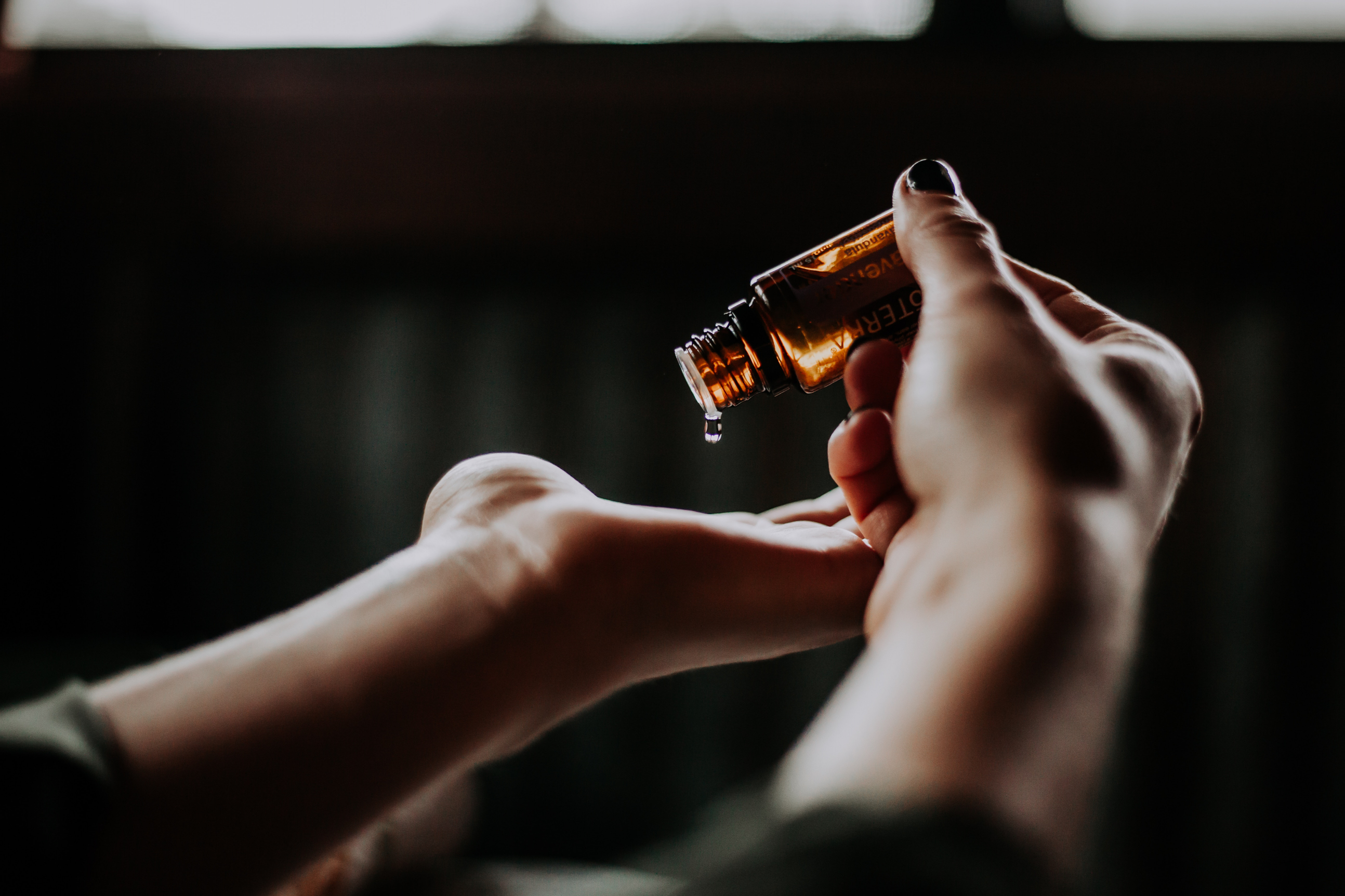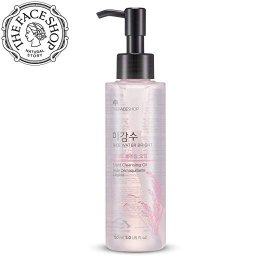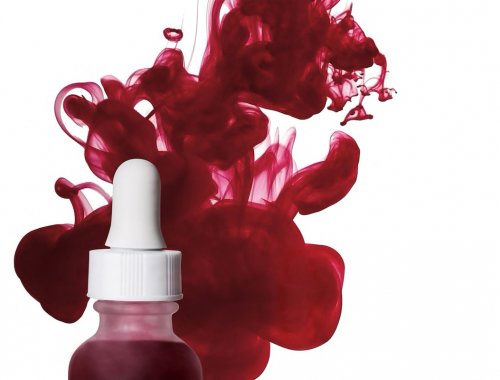Oil cleansing is old news by this point, but so many oil cleansing methods are downright tedious and harmful to acne-prone skin. Oil cleansing advocates will tell you that oil is not the enemy, but the truth is more complicated when acne gets involved. All acne starts with oil that hardens and clogs a pore. The only way to completely cure acne is to stop oil production—either through drying medication such as Accutane or anti-androgens that block testosterone from stimulating sebaceous glands. But both methods are fairly intensive for mild acne, and many of you would do just fine making sure that what you put on your skin doesn’t make it worse.
Cleansing acne-prone skin is a delicate balance of removing the wrong kinds of oil (types that are prone to harden into clogs) and adding back the right kinds of oils (types that keep skin supple and soft). Skin naturally produces sebum, a waxy type of oil, as a moisturizer and sealant. If you completely strip your skin of all sebum and oil, your body’s natural response is to increase sebum production—hello, oil slick! It would be a lot easier if harsh cleansing actually worked—we could wash with Ajax detergent soap and call it good.
A Brief Review
Acne skin lipids are different from healthy skin lipids: in acne skin, the natural sebum produced is deficient in Omega-61 and the skin seems to have a problem releasing oil properly. This means that we can’t use thick and clogging oils—even though people without acne love these oils on their skin. Jojoba oil is often hailed as the holy grail of oil cleansing because it mimics sebum, but straight jojoba oil is usually too thick and waxy for acne-prone skin. Any oil that is high in Omega-9 fatty acids spells trouble, including oils like olive, sweet almond, avocado, apricot kernel, and hazelnut. What we need are oils high in Omega-6 like safflower, sunflower, hemp seed, evening primrose, and grape seed.
Oils by themselves do not really cleanse the skin. You will see most oil cleansing methods recommending that you massage the oils in for ten minutes straight—it is the massage, not the oil, that is doing the cleansing. Have you ever tried to actually massage your face for ten minutes? Good luck! Many of these tutorials also tell you to wipe off with a hot steaming towel, which is basically a traditional soap-less face wash anyway. So, back to the point, the oils either have to be mixed with a washing agent like cocamidopropyl betaine or sulfate, or they have to use castor oil, which actually does cleanse the skin. Unfortunately, castor oil is very drying and many people are allergic to castor beans. I don’t recommend mixing your own oils—there are plenty of pre-made products available so you don’t have to fuss with ratios or acquire high quality surfactants.
Products
Neutrogena Makeup Remover Cleansing Wipes
[amazon template=image center 35&asin=B00MLBPDQ2]
Wait, what? This isn’t an oil cleanser. But here’s the problem: most oil cleansers do a crap job of washing off modern makeup. If you wear makeup, you will need to remove the bulk with makeup removing wipes and use the oil cleanser for the rest. I like Neutrogena Makeup Remover Cleansing Wipes because they are formulated specifically for makeup, they don’t sting, and they are very affordable for daily use.
Desert Essence Creamy Oil Cleanser
[amazon template=image center 25&asin=B01BOWOHME]
One of my favorite cleansers, the Desert Essence Creamy Oil Cleanser uses the right mix of Omega-6 oils for acne sufferers while still giving you a fresh clean. Moisturizing evening primrose, argan oil, and jojoba oil are mixed into a cleansing base of aloe and coconut water. This is a sulfate-free cleanser and doesn’t lather, so it will require a little bit of massage to really get into the pores.
DHC Deep Cleansing Oil
One of the original oil cleansers and a cult favorite, DHC Deep Cleansing Oil is only suited for those who have mature, dry skin and very mild acne. This product’s primary ingredient is olive oil, which is extremely thick, somewhat comedogenic, and has high amounts of Omega-9 (thick and clogging) and low amounts of Omega-6. It is better at removing makeup than other oil-based cleansers, though it contains high amounts of Vitamin E which can easily go rancid; store this cleanser in a cool, dark place.
[amazon template=image center 35&asin=B001UE60E0]
The Face Shop Rice Water Bright
Another oil cleanser which is high in clogging Omega-9 via the base of moringa oil. While not recommended for acne-prone skin, we had to mention The Face Shop Rice Water Bright as we receive so many questions about it. Rice water and moringa oil are popular ingredients in Korean skincare. If you have crepey skin and acne is only a passing problem, you may love the heavy properties of moringa oil mixed with rice water; otherwise, steer clear.
L’Occitane Face Cleansing Oil
A very elegant and lightweight cleansing oil where a little goes a long way. Although it advertises shea butter, which is high in Omega-9, there is actually very little shea butter in this product. The workhorses of L’Occitane Face Cleansing Oil are sunflower seed oil, which is very high in beneficial Omega-6, and baobab oil, which is a fairly even split between Omega-6 and Omega-9. An excellent choice for acne-prone skin.
[amazon template=image center 40&asin=B00QTCRERK]





